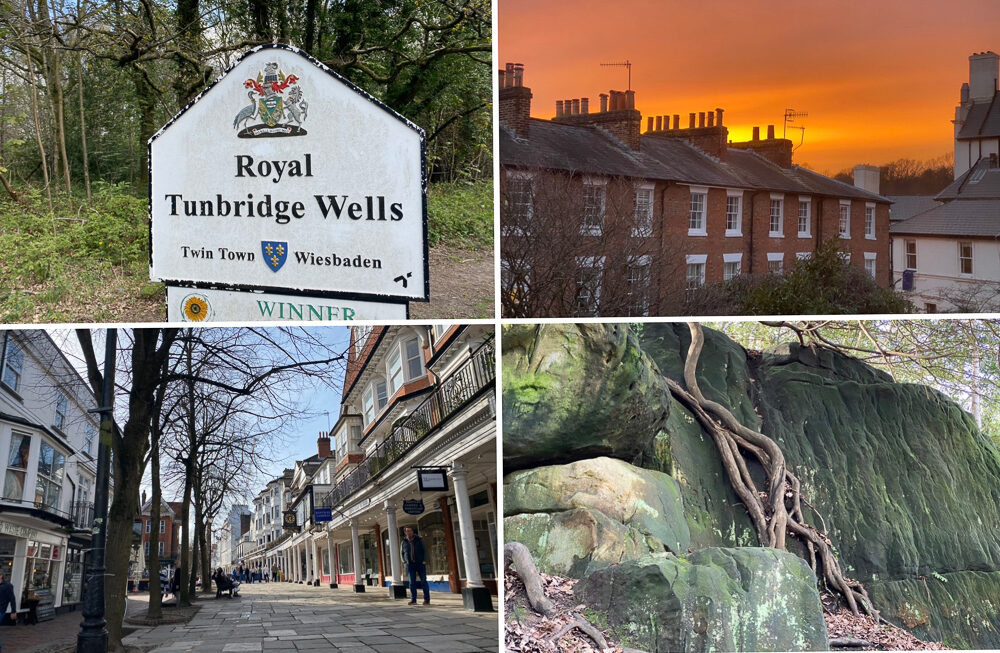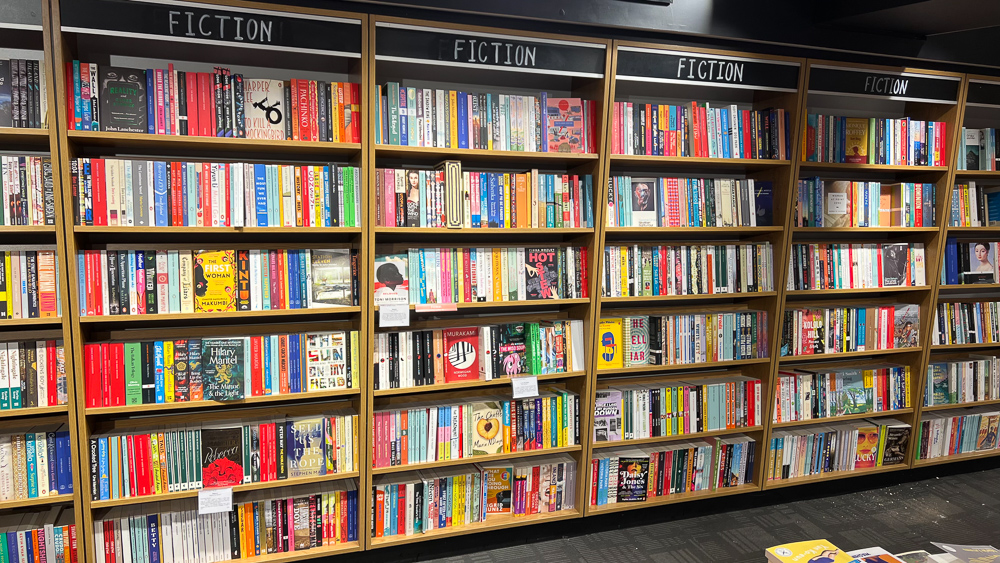
Rui Falcao’s presentation at MUST was on Madeira. He began by showing a picture of a bottle of Madeira from 1795, and revealed that most of his great old wine experiences have been with wines from this remarkable island. ‘The oldest wine I’ve had was from 1715,’ he says, which he thinks is the oldest vintage bottled wine in the world. ‘It was still too young!’
‘Once Madeira is bottled you can keep it forever,’ claims Rui, adding that he thinks this makes it unique in the wine business. ‘And after you open a bottle you can keep it for four or five years minimum,’ he says. ‘It’s a sommelier’s best friend.’
The motivation for fortifying Madeira was so that it could travel overseas, and initially alcohol derived from sugar cane was used to fortify it. Now it’s fortified with grape alcohol, which comes from elsewhere. But Rui suggests that Madeira could think about using cane alcohol again, to keep it local. ‘If you think of terroir, if 20% of the wine is spirit, shouldn’t this be from the wine region?’ He adds, ‘There’s no way we can use grapes to distill from the island [there aren’t enough], but sugar cane exists on the island.’
Madeira is an Island facing the shores of Africa in the Atlantic, and enjoys a subtropical climate. ‘It’s a good candidate for paradise on earth,’ he says. The summer average high temperatures are 20-22 C, while in winter they are 17-19 C. But while it may resemble paradise for humans, it’s less suitable for growing grape vines, partly because of the lack of a proper dormant period. And, because it’s a big land mass rising steeply in the middle of the ocean, it rains a lot here. ‘It’s a great place to live but one of the worst places on earth to make standard regular still wines.’
‘Acidity is what drives Madeira,’ he continues. ‘We make a difficult wine out of harsh conditions. Our technique is adding spirit, and also the ageing process.’ The potential alcohol of the grapes is 8-9 degrees. It’s fortified with 96% alcohol spirit, leaving 18-20% in the finished wine.
There are just eight wineries on the island, with 2043 growers and a total of 444.5 hectares of vines. This compares with Port, from the Douro Valley which has 43 000 hectares of vines. There has just been one new winery in Madeira in the last 60 years. ‘It is very difficult to start a new winery in Madeira,’ says Rui. ‘You have to be extremely rich or stupid.’
Just two wineries own vineyards, and the biggest one has only 10 hectares. The average size of a plot is 0.2 hectares.
There are five main varieties, four white (Sercial, Verdelho, Bual and Malmsey) and one red. The red grape, Tinta Negra, is the main grape and accounts for 85% of the acreage, but it hasn’t been taken seriously in the past, being regarded as a workhorse. Now people realize it is potentially very high quality. ‘This variety can be as good as any other variety,’ says Rui.
There are other varieties:
- Terrantez
- Bastardo (red)
- Malvasia Candida
- Listrao (3.7 ha on Porto Santo)
- Moscatel
- Complexa (red, and with 25 hectares this is the sixth biggest, but it’s impossible to make good wine from)
Rui then described some of the new trends for Madeira. These include:
- Skin contact
- The use of sugar cane spirit for fermentation
- Destemming
- Single vineyard madeira
- Blending two varieties or more
- Organic farming (risky because of the climate)
This talk was a reminder that Madeira may be a tiny niche, but it’s a wonderful one, and occupies a unique place in the wine world.
See also: my report on a visit to Madeira, including a film.
Other reports from MUST:
- Michelle Bouffard on Canadian Wine
- Lulie Halstead on marketing to millennials
- Felicity Carter on wine tourism
- José Vouillamoz on grape varieties
- Alice Feiring on natural wine
Leave a Comment on Rui Falcao on Madeira, at MUST 2017


